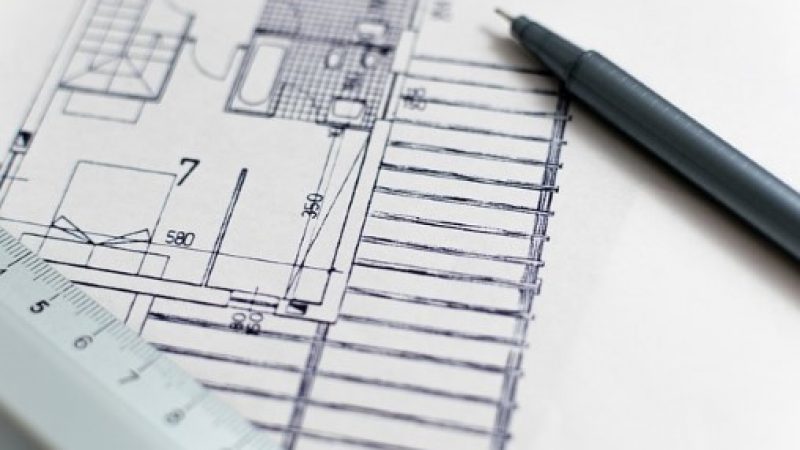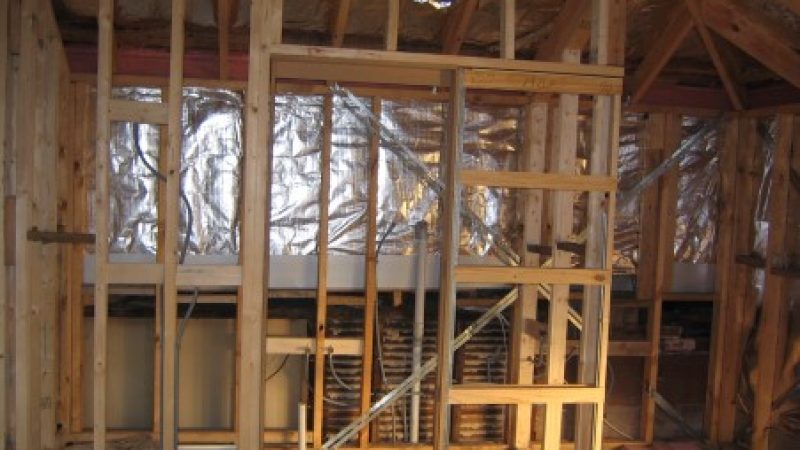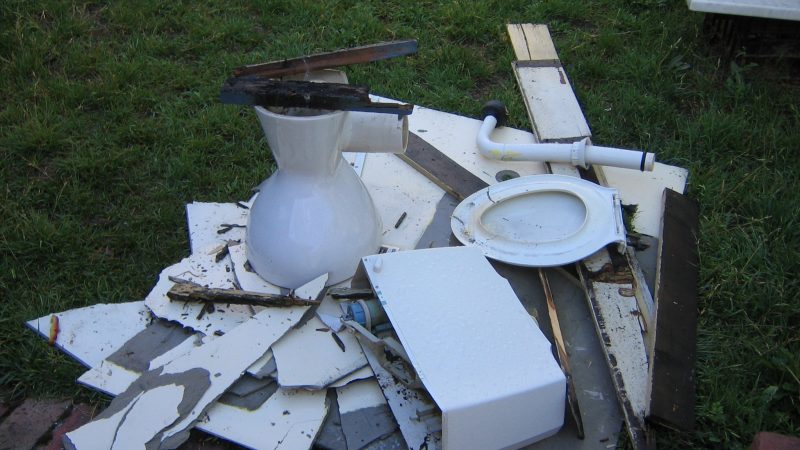Are you considering a home renovation? Choosing where to live in retirement is so important and one of your options is to remodel your existing home so that you can age in place. We share our tips on managing a renovation, be that in an existing home or a new purchase.
Why consider a home renovation?
Unless your home is already exactly as you want it you may be beginning to think about remodelling it, perhaps so that you can age in place. Or you may be moving into a new home and wanting to ‘make it your own’.
We have been a bit fussy I suppose, but it is nice to have things the way you would like them and make some liveability changes if your property and financial situation affords you that possibility.
Have a look at your proposed new home (purchased or in prospect) or your existing home and consider any changes you may like to make. Get some advice from a builder on possibilities and estimated renovation costs. Don’t just assume the changes you might like to make, simple as they may seem, are going to be easy or cheap. Bless you if they are. Check guidelines such as these when considering costs.
Planning your renovation
Think carefully about timeframes and when would you like your work done. Discuss with all concerned, starting with remodelling designers, and try to be flexible and provide some slack. Tight timeframes are usually a recipe for disaster or extreme expense.
If you can avoid a project finish just before Christmas, that would be wise. Everyone wants to be ready “by Christmas”, which becomes a difficult period for trades and suppliers leading up to their Christmas/New Year shut down. If you miss that deadline you will then be in the nether nether period in Australia of summer holidays until February.
Ageing in place considerations for your design
One of your main reasons for wanting to age in place might well be your community and your connections there. That can include not only friendships but also facilities like access to shops, transport, medical facilities and entertainment options. They are all great reasons to stay in your own home.
Keeping that in mind it is time to have a good hard look at your home and decide what changes you need to make. Consider the following:
- Is your home multi-level and how will you deal with that over the years ahead? Do you have an option to live downstairs? Do you need to consider adding a stair lift as part of your renovation plans, or at least make provision for it in the future?
- Is access wheel chair friendly or at least uncluttered should you or your partner need a walking frame temporarily or permanently?
- Are your floors relatively non slip?
- Should you put in place an emergency alert system? Do you have the latest technology in place to support these and other online services?
- Do you feel safe if you are alone, or is it time to consider a security upgrade as part of your renovation project?
Getting your design right
Start your own deliberations, consult a designer and inform yourself of the implications of what you’re proposing. This is where you need to have a serious look at the ageing in place design aspects of what is being proposed.
If you are happy to put your proposed changes totally into the hands of a designer, without further input from you, be absolutely certain that you have provided them with a very tight brief. My suggestion is to stay on it with a watchful eye if you possibly can.
First, get a copy of your house plans – possibly from your local council – then sit down with a pencil, paper, scalable ruler and an eraser; the latter being most important.

Play with your design and ask others about it: you may find some great ideas come from unexpected sources. We were given a brilliant idea by my aunt which we were extremely grateful for, and made an extraordinary difference to the presentation and the way we used our home. It’s not just architects who have all the ideas for home renovations.
Do your due diligence and be prepared
Seek local builder/trade references generally, and not just from a designer, friends or neighbours. There are many local Facebook pages (Buy, Swap Sell, Community News/Information etc.) out there where the seeking of trade/builder references is perfectly acceptable. But do be aware of biases in those recommendations.
If you want to “project manage” you need to have a feel for building practices and standards, and be prepared to take out an owner/builder licence. If not, pick a builder who says they will do that and ask for them to outline their project management process and provide example documentation and references.
Get the correct permits and approvals
Call me old-fashioned, but I’m a “by-the-book“ kinda guy and I’m pretty committed to playing by the rules. Make sure you have your ducks lined up, that you understand all the procedural and building processes, and delays, as best you can – that in itself is not always easy.

Between getting plans done, engineering clearances, building certification and Council approvals you can burn a lot of time. Bear in mind, if your builder is ethical, they will not start until all the prerequisite paperwork is in place; suggestions of shortcuts or “let’s just do it” should be red flags.
Frustrating as this may be, failure to get all the boxes ticked, could have implications at resale time (even if that’s going to be managed by your Executors), or impact builder warranties.
Manage your renovation costs and ‘cut your cloth’
Make sure you understand what costs are fixed and where there are contingency sums for any “uncertain’ aspects of your work. Also ensure you understand what the builder will supply and what you need to supply e.g. plumbing fittings/taps, toilets/basins/sinks/water filters, lighting etc
Get your quotes in hand and make sure you are working within your budget expectations. If not, work with your designers and builder to trim costs, separating your wants from your needs. Don’t be afraid to tell your builder that you need to trim down a quote – we have found that they can be very good at working this through with you to identify sensible budget trimming.

Items like electrical and more particularly plumbing are big ticket items. If you are moving walls, assure yourself that there is a capacity to move them and understand the consequences. For example, if an internal wall is not structural (this is often the case with more modern houses with truss roofs, shifting a wall in itself is likely a no brainer). If, however, a wall is structural, the expense of making a structurally sound change can involve steel beams and structural support for those beams. It may also mean a change to the look and feel of your design if beams need to be covered with bulkheads etc.
Be prepared for disruption and dust
No matter how careful your builder is your home renovation is going to involve dust. Any demolition, movement of materials and equipment, sawing, concrete cutting, plastering, etc. means dust, dust and more dust. Get furniture out of the way and covered, and as necessary ensure builders are going to use dust extractor fans and equipment and clean up regularly.

Even If you’re doing internal work, builders can be messy, particularly if it rains. Make it as easy as possible for them to get to their work area with minimum mess. Ask your builder how they will manage this, for example, will they cover your carpets with plastic.
Make sure too that your neighbours are aware that you are planning a renovation and that there will be noise and mess during the works period.
Carefully manage your contract and any variations
Have a contract and make sure that you and the builder sign off on agreed cost variations and phased payments. Not only does this make for easier accounting, but it is a tidier arrangement all round. If you are concerned with finish dates, you can try for Liquidated Damages; do be aware these will be modified in application by weather events.
During the project keep a list of outstanding items (sometimes small fixes can slip the net) and regularly review that with your builder. Despite the roles of your designer and certifier, it is ultimately up to you to make sure your requirements are met.
Breathe a sigh of relief

Ah, now you have your home renovation completed it is time to sit back and relax. Maybe pop a bottle of bubbles and admire what you have achieved. After all our time of life is for enjoyment.
If that sounds all too daunting, you may be interested in some posts we have previously written about retiring overseas, and other general accommodation options. You could also consider a retirement village or manufactured home.
Have you been through a renovation process and did it work well? Did you have a good working relationship with your builder and trades people. Have we turned you off completely or encouraged you to consider a home renovation project?





